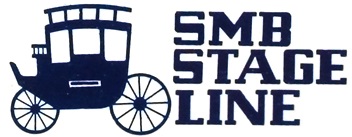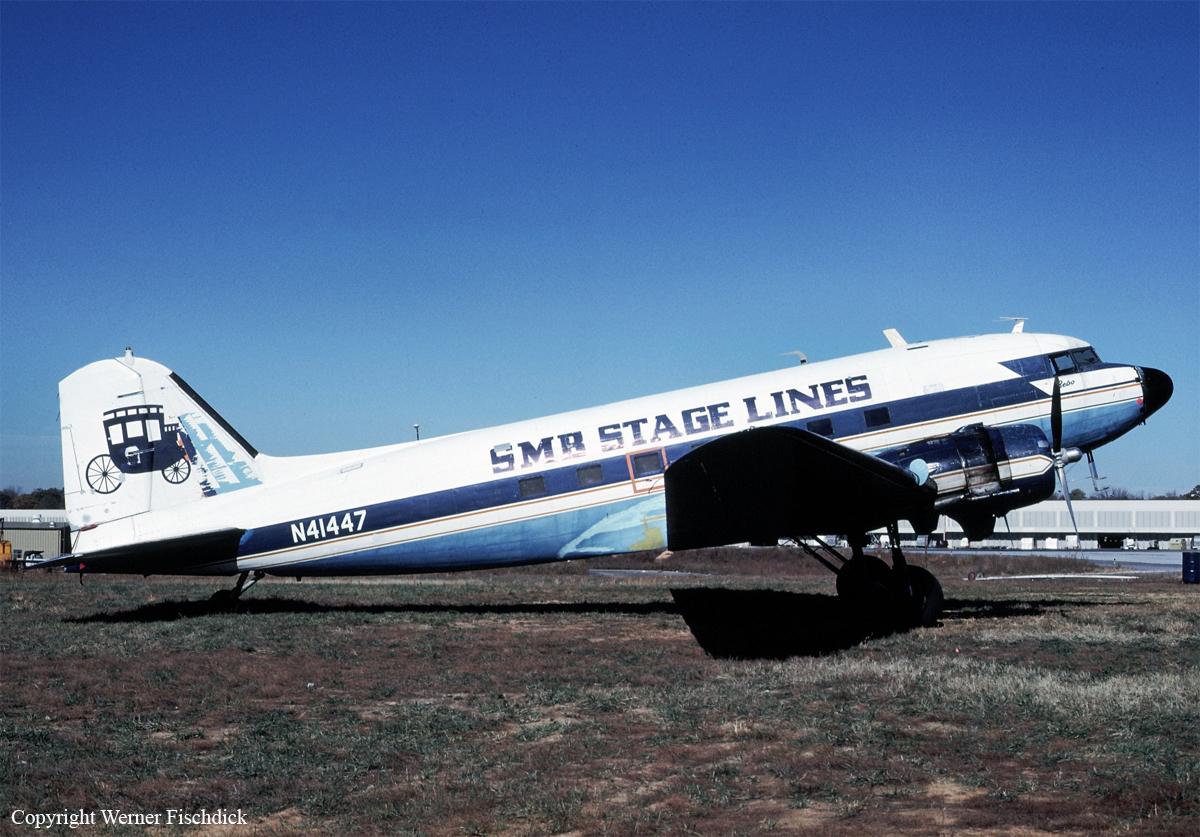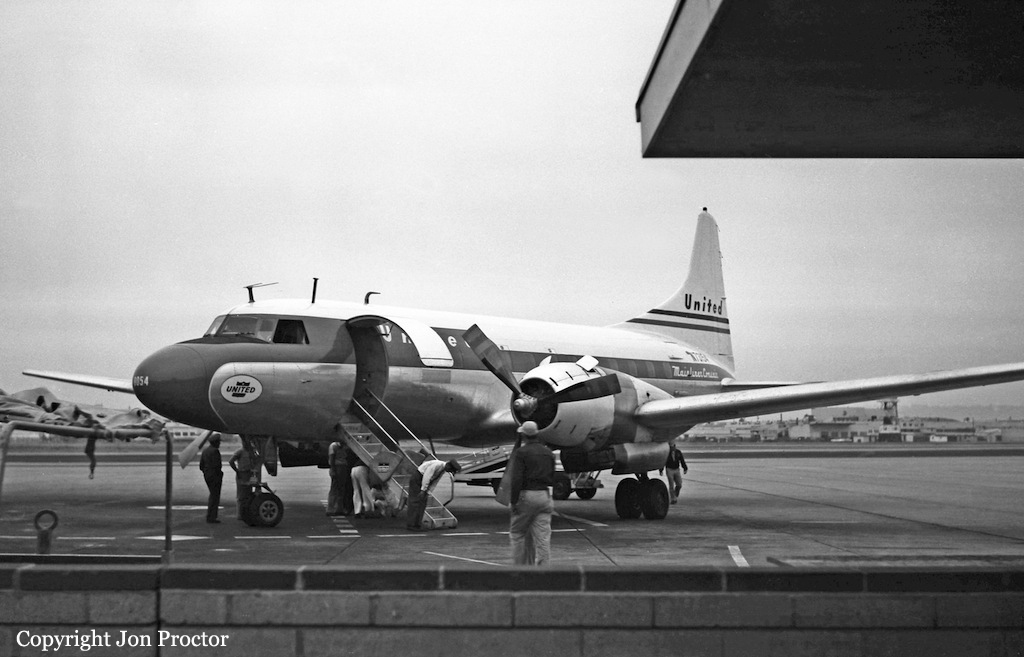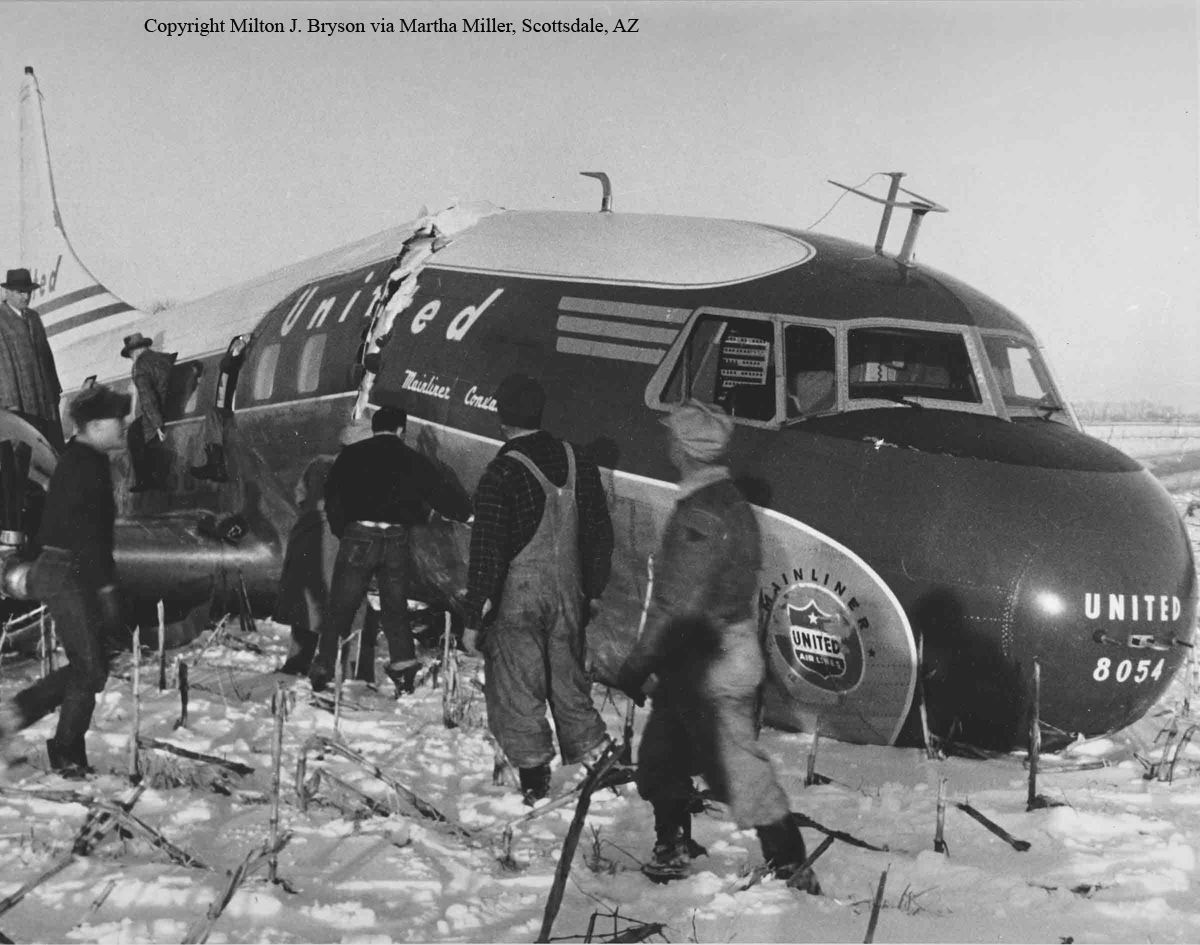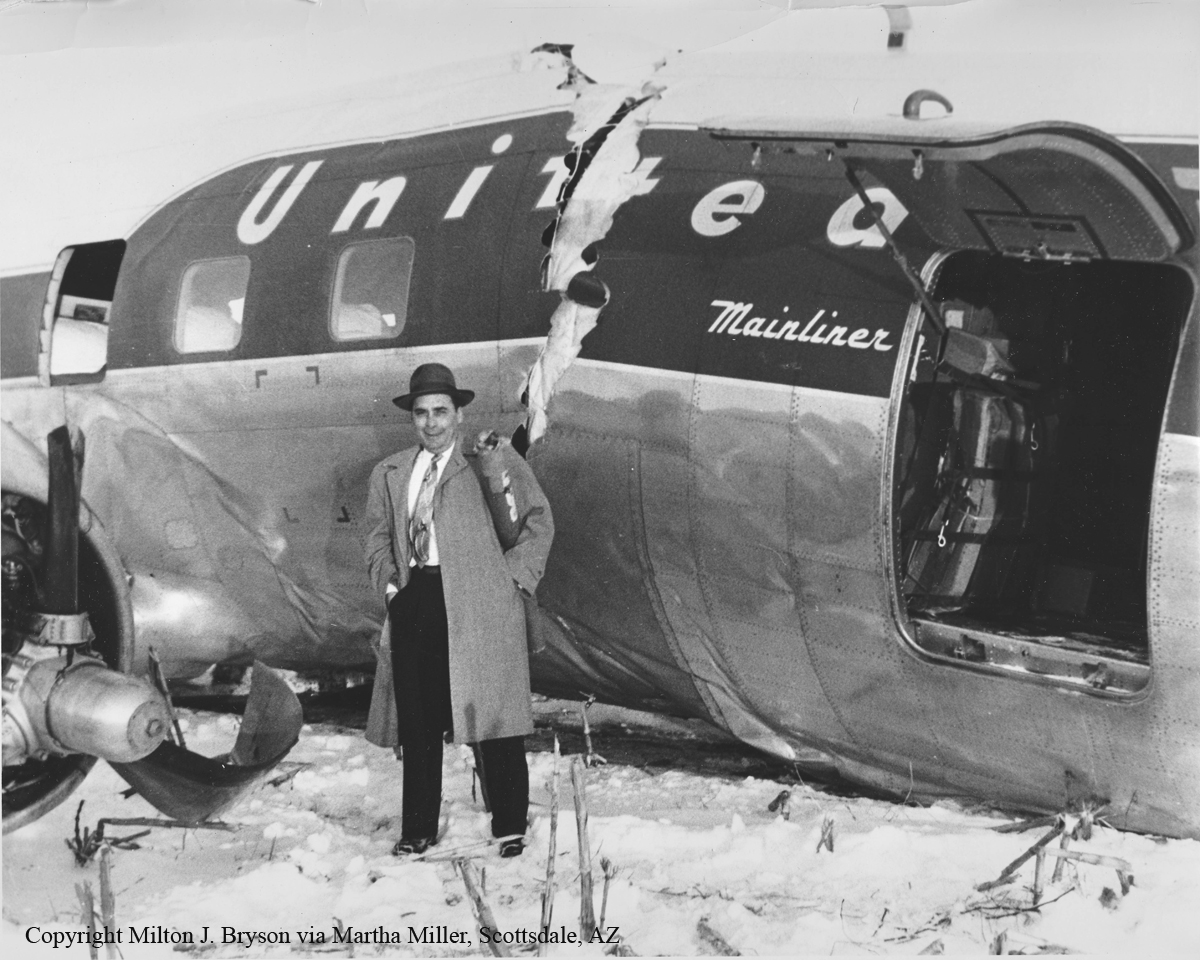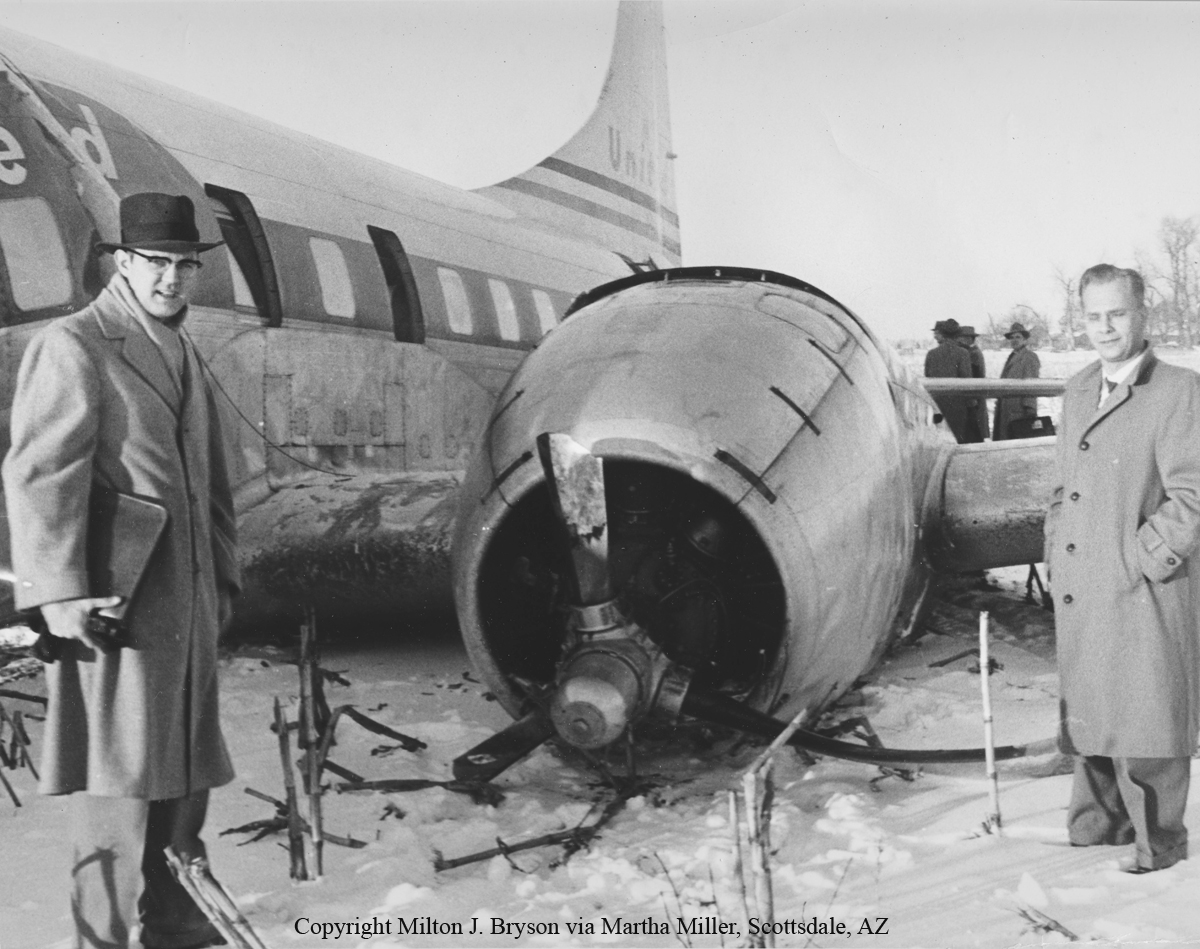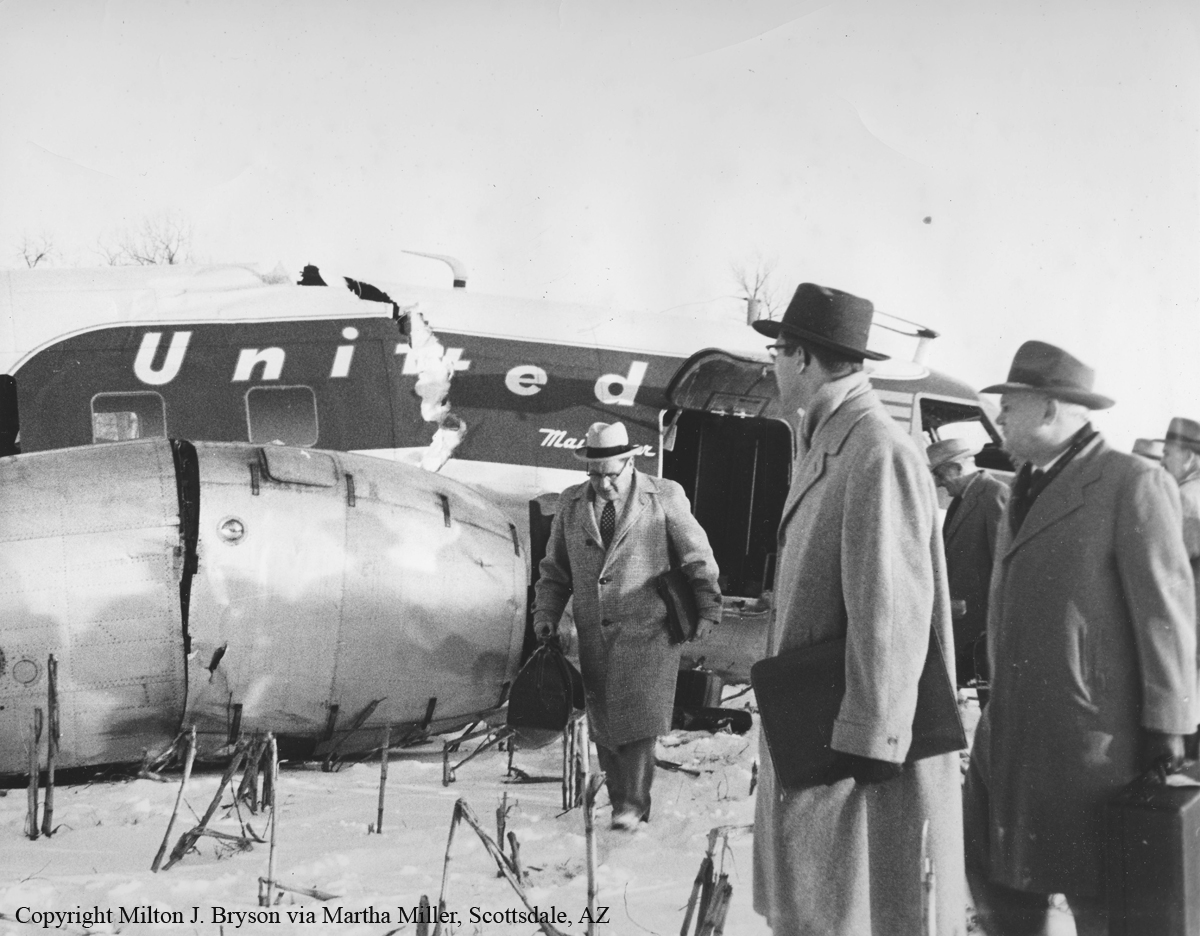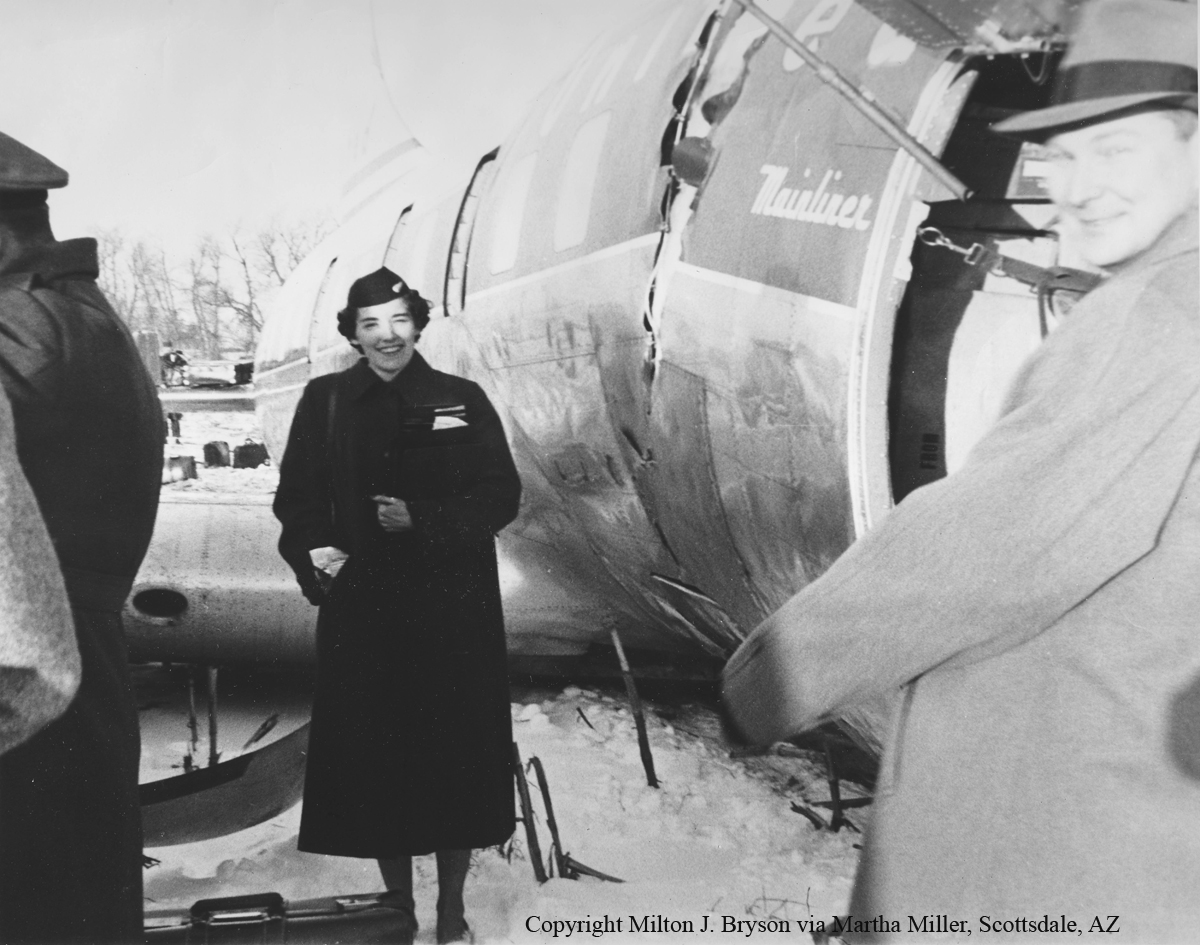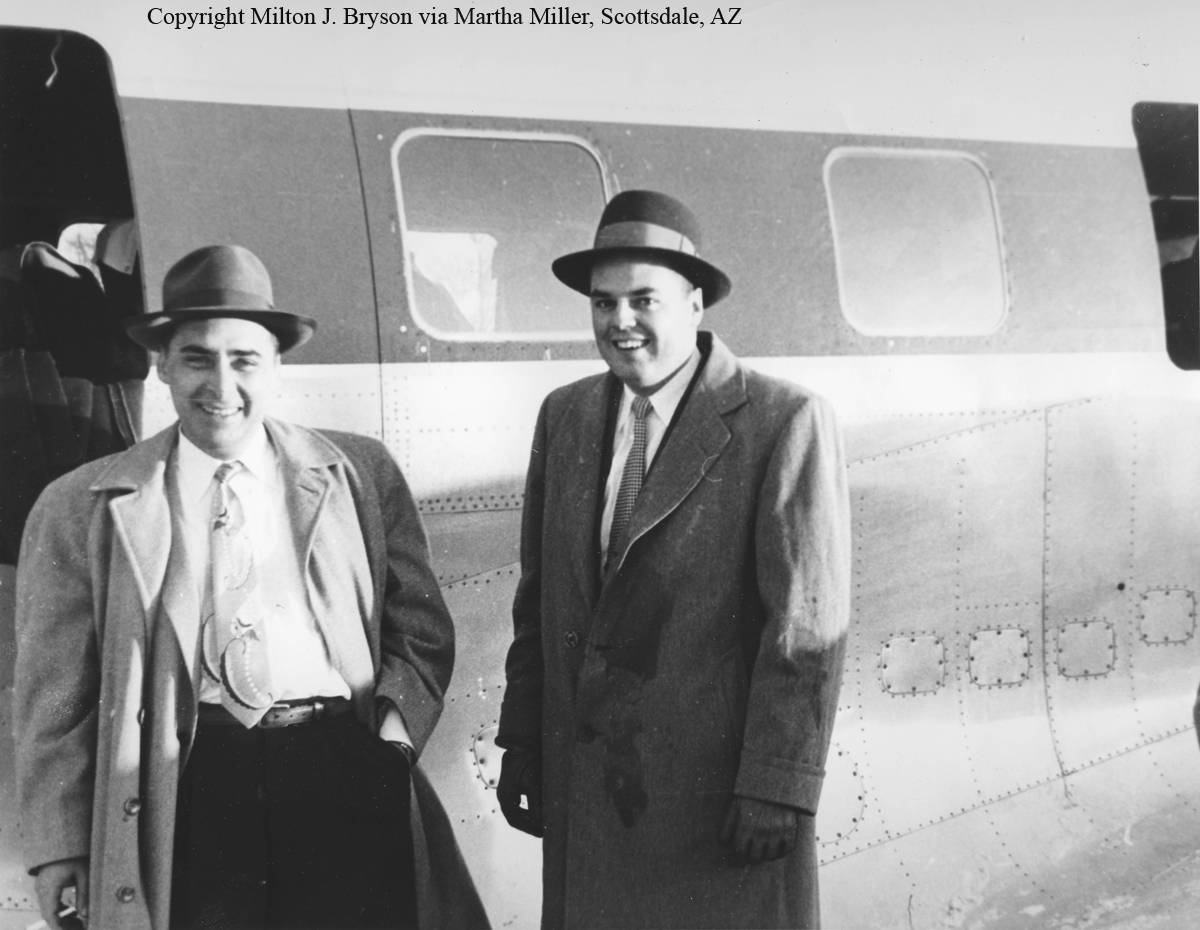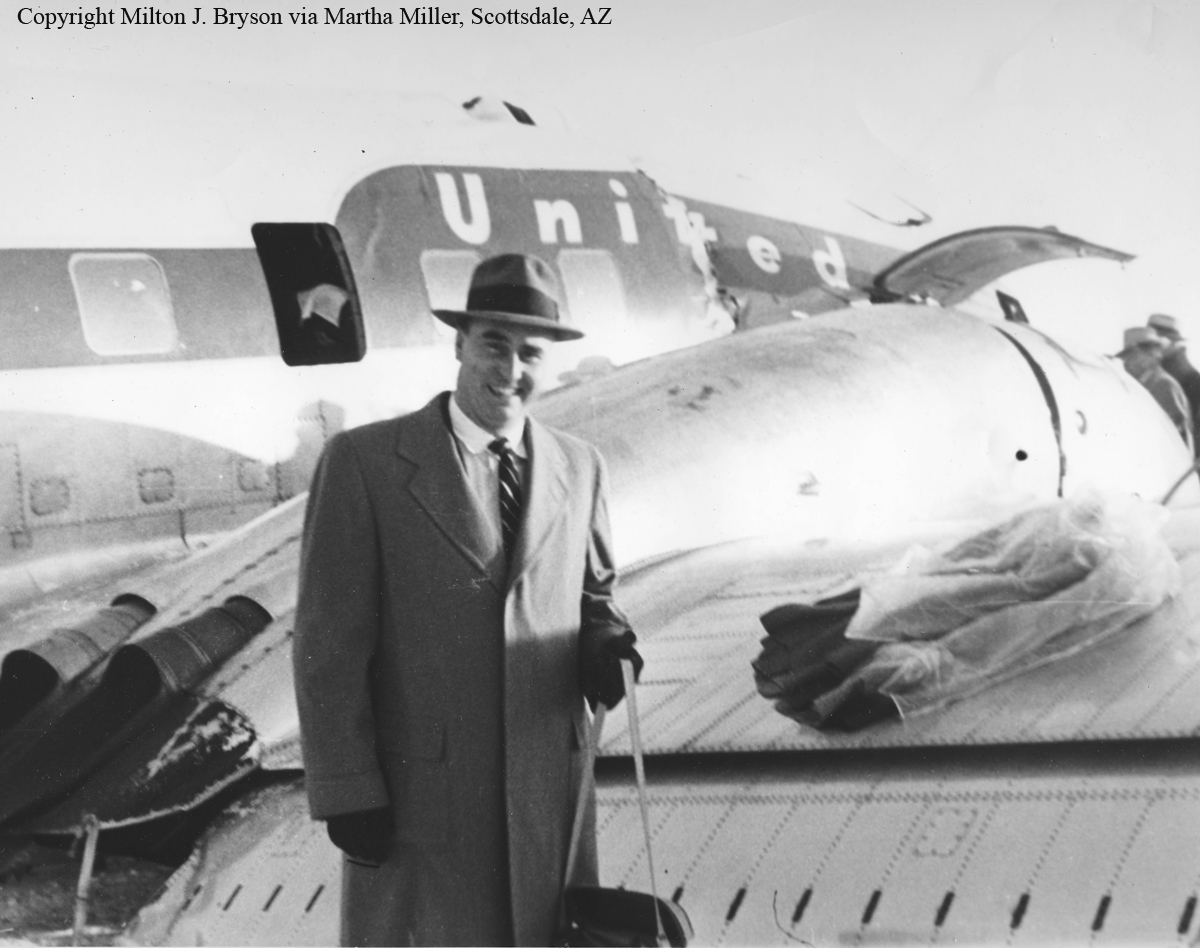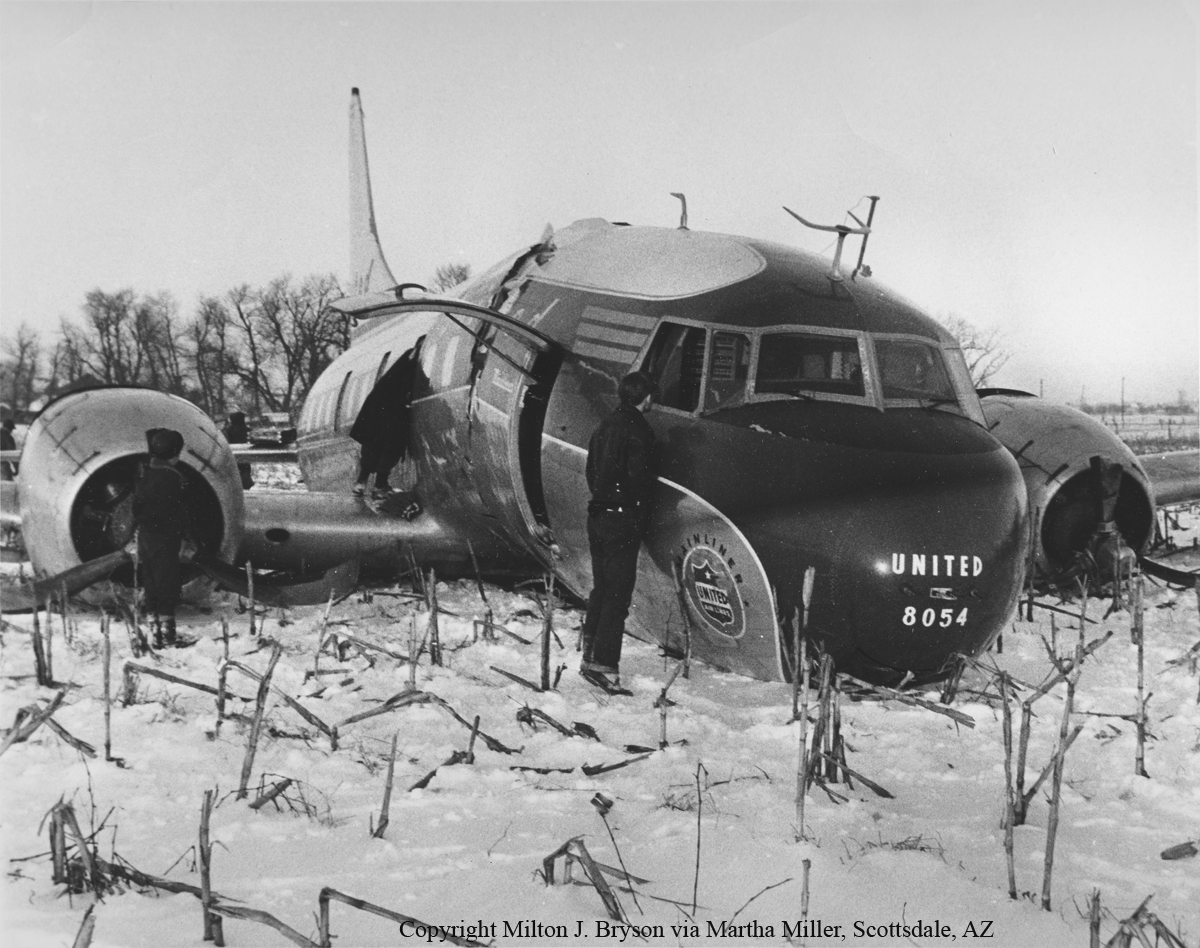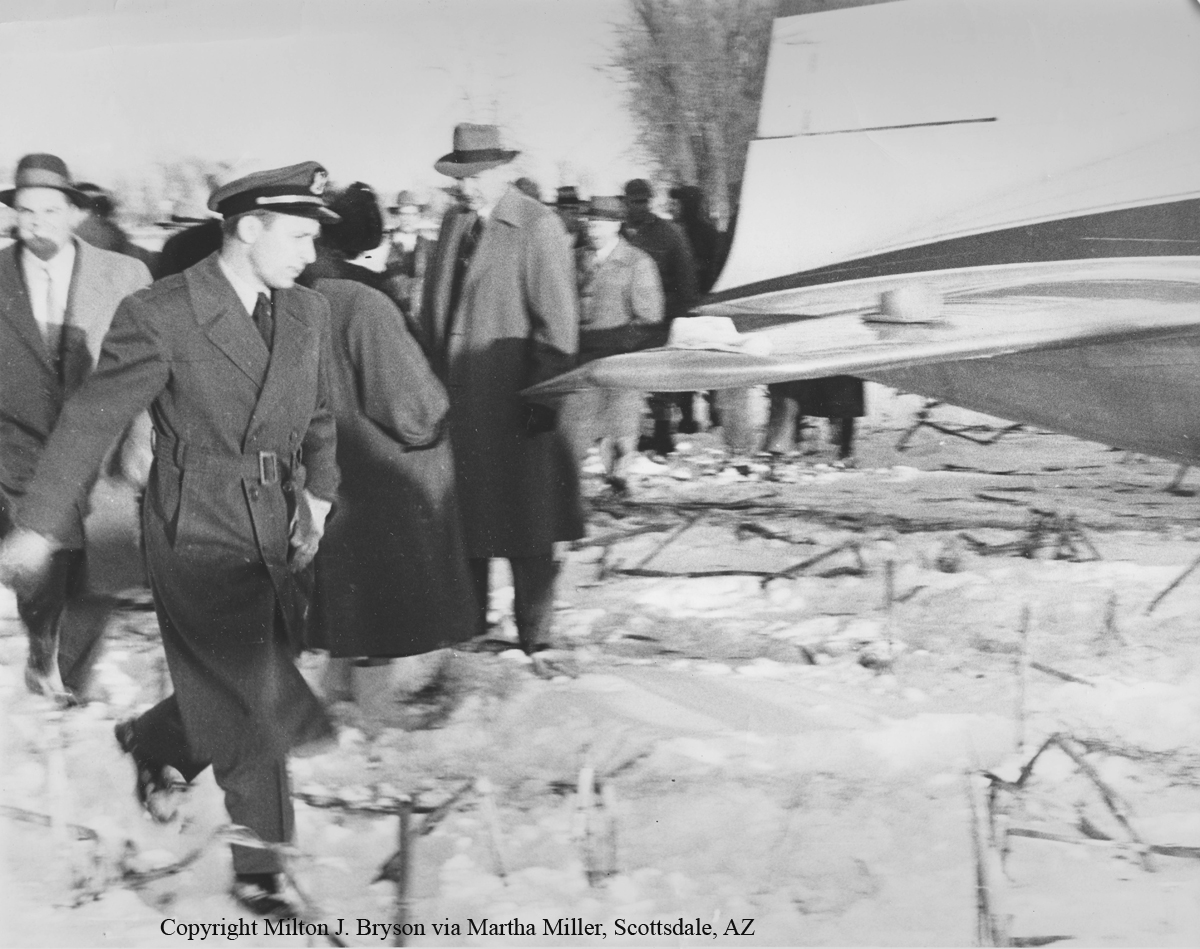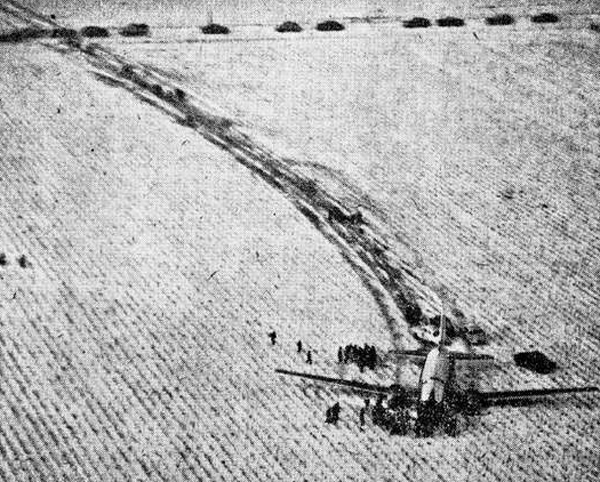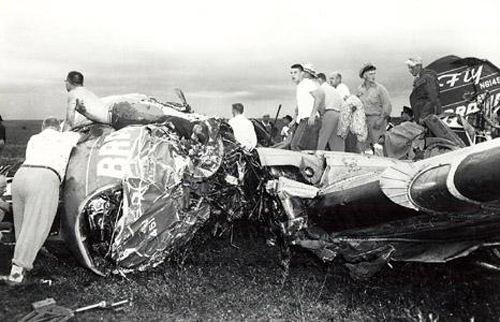Crash of a Rockwell Aero Commander 500 in Mason City
Date & Time:
Jul 13, 1987 at 2017 LT
Registration:
N9391R
Survivors:
Yes
Schedule:
Mason City - Des Moines
MSN:
500-906-15
YOM:
1960
Crew on board:
1
Crew fatalities:
Pax on board:
0
Pax fatalities:
Other fatalities:
Total fatalities:
0
Captain / Total hours on type:
81.00
Aircraft flight hours:
8390
Circumstances:
The airplane was in a normal appearing climb after takeoff when it pitched up to a 70° to 80° attitude, stalled, dropped the right wing, then leveled the wings and hit the ground in a near-flat attitude. The weight and cg were within limits. No preimpact problems were found that could cause an inadvertent pitchup. Pilot's only memory is that he couldn't get the control column far enough forward to stop the pitchup. The pilot's seat was found in the full forward position with the right locking pin in the locking hole and the left pin 1/4th of an inch forward of the front locking hole. There were no visible marks on either of the locking pins. Deep scratches were found on the sides of the rail where the seat attachments normally slide back and forth when the seat is adjusted. Exam of the outboard side recessed surface near the aft end disclosed what appeared to be a fresh scratch. The pilot, sole on board, was seriously injured.
Probable cause:
Occurrence #1: loss of control - in flight
Phase of operation: takeoff - initial climb
Findings
1. (c) fuselage, seat - unlocked
2. (c) checklist - not followed - pilot in command
3. (f) pull-up - inadvertent - pilot in command
4. (f) stall - inadvertent - pilot in command
----------
Occurrence #2: in flight collision with terrain/water
Phase of operation: takeoff - initial climb
Phase of operation: takeoff - initial climb
Findings
1. (c) fuselage, seat - unlocked
2. (c) checklist - not followed - pilot in command
3. (f) pull-up - inadvertent - pilot in command
4. (f) stall - inadvertent - pilot in command
----------
Occurrence #2: in flight collision with terrain/water
Phase of operation: takeoff - initial climb
Final Report:



